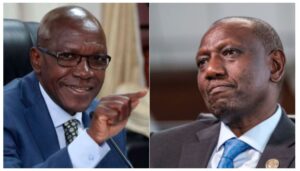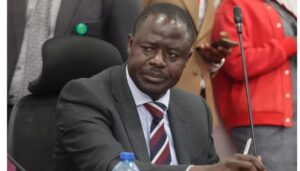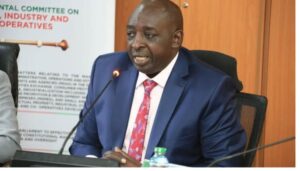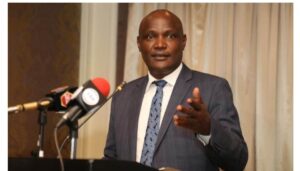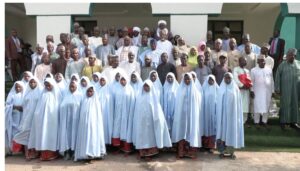Nepal’s parliament set on fire after PM resigns over anti-corruption protests
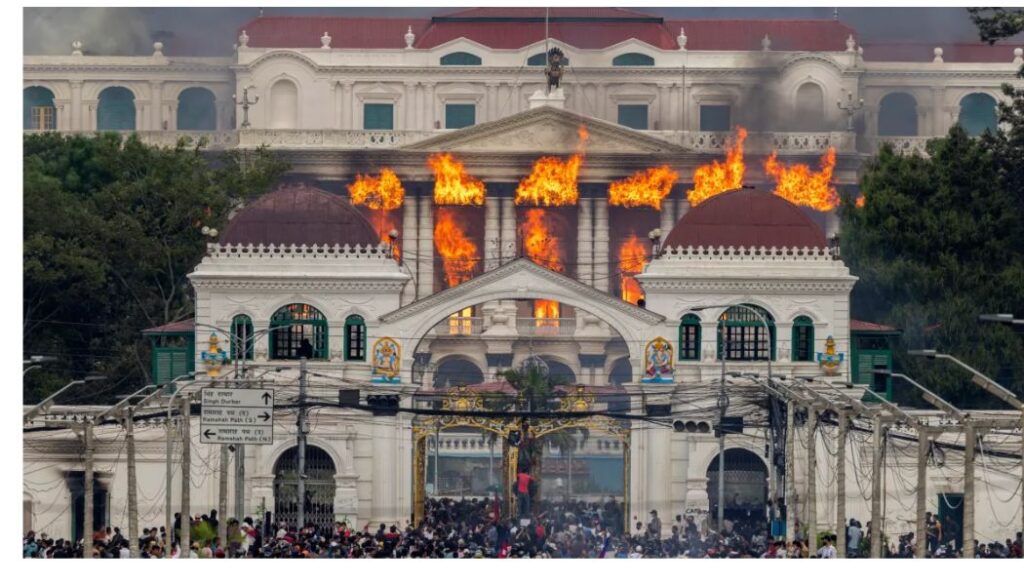
Nepal's parliament set on fire after PM resigns over anti-corruption protests
Protesters torch Nepal parliament during protests against the killings of 19 people as PM resigns amid turmoil.
Demonstrators in Kathmandu have defied a curfew and broken into and set fire to the parliament building. They had earlier stormed the office of the Nepali Congress, the country’s largest party, and several prominent politicians’ residences.
Nepalese Prime Minister KP Sharma Oli stepped down on Tuesday amid escalating anticorruption protests. The resignation came a day after 19 people were killed by security forces in violent demonstrations sparked by a social media ban.
Exuberant young people flooded the parliament complex upon hearing the news, waving their hands and shouting slogans as smoke billowed from parts of the building.
Oli’s government had lifted the social media ban after protests intensified on Monday when police used live ammunition and deployed tear gas and rubber bullets against demonstrators trying to storm parliament. The confrontation killed 19 people and injured more than 100.
“We won,” one protester wrote in large orange letters on a beige wall of the parliament building while another nearby flashed a “V” sign for victory with his fingers.
Government announces recruitment of 400 ICT interns; How to apply
New bill seeking to extend terms of the President, MPs, MCAs and Governors from 5 to 7 years
WHO backs weight-loss drugs to treat diabetes and obesity
Government issues notice to all ambulance services and emergency care providers
Although protesters remained on the streets after Oli’s resignation, witnesses reported no clashes or violence as security forces neither intervened nor tried to use force.
This unrest marks the worst in years for the Himalayan nation situated between India and China. The violence was worse than a 2006 uprising that forced Nepal’s last king to surrender executive powers and killed 18 people. Two years later, parliament abolished the monarchy.
Many Nepalis have grown increasingly dissatisfied with the republic, claiming it has failed to deliver political stability. In March, two people died when supporters of Nepal’s former king clashed with police during a Kathmandu rally demanding the restoration of the monarchy.
Despite Oli’s resignation, it remains unclear whether protests will subside as many demonstrators are demanding a complete government dissolution – a move that could further destabilise Nepal, which has seen 13 governments since 2008.
Open University announces new programmes fully sponsored options (DETAILS)
Chaos as Meru University students clash with police
Government spending Ksh1.1 billion to run eCitizen platform
Government launches survey to assess public officers’ job satisfaction
High Court blocks compensation for victims of protests committee
Follow us

